Why You Should Visit Europe’s Two New Capitals of Culture
Wroclaw, Poland and San Sebastian, Spain just joined the EU list—and for good reason
/https://tf-cmsv2-smithsonianmag-media.s3.amazonaws.com/filer/11/8f/118f9ffe-39dd-457d-b6a0-208722c48a25/istock_000077676643_medium.jpg)
What would a city be without a few quirks? Wroclaw, Poland has plenty, like its love of dwarves—over 300 miniature bronze statues of gnomes dot the city. And then there's San Sebastián, Spain, whose sun-bathed residents care as much about modernist architecture as building handmade boats.
Aside from their towering cathedrals, these cities don't seem to have much in common. But their histories follow a similar arc. Despite moments of adversity, both cities came back from trying times and are now stronger than ever. And now, both have been designated European Capitals of Culture for 2016.
The list of Capitals of Culture, which is added to by the European Union each year, was intended to enrich each selected city through art and culture, instill a sense of community and boost tourism. More than 50 cities have earned the designation, which is selected by a team of cultural experts.
Over the next 12 months, both Wroclaw and San Sebastián will celebrate the designation with festivals, parades, concerts, art exhibitions and theatrical performances. Here are a few of the destinations that make each city deserving of the honor.
Wroclaw, Poland
Market Square
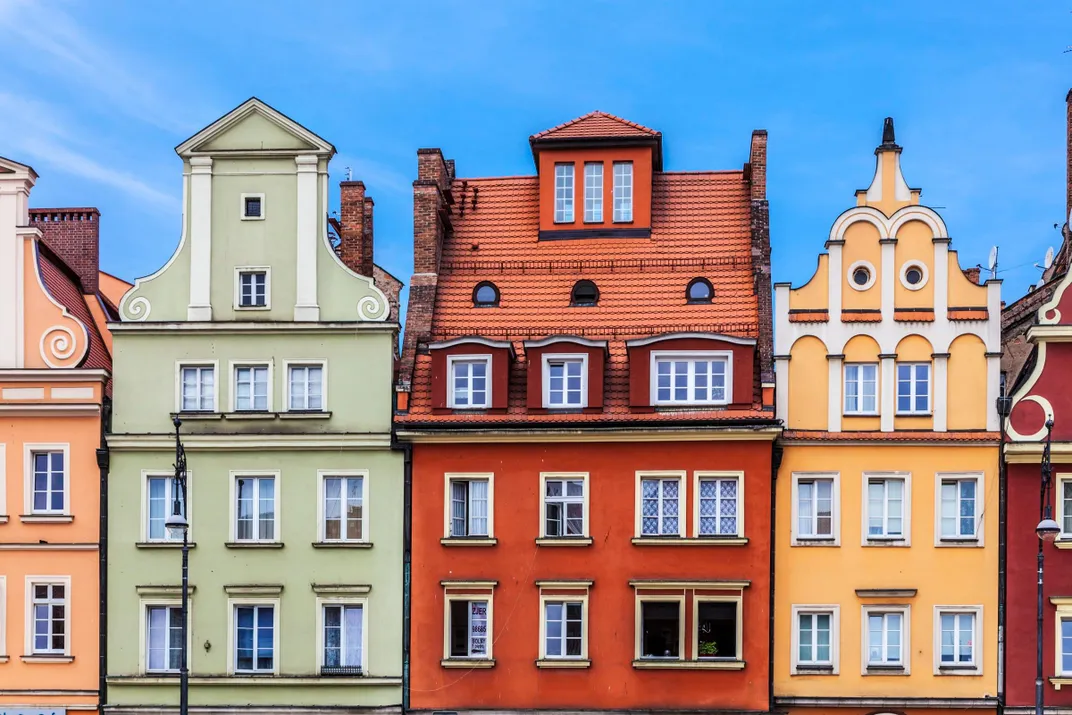
Located about 225 miles southwest of Warsaw, Poland, Wroclaw is a picturesque playground with a rich culture to match. This city of half a million is filled with towering cathedrals, ornate bridges and colorful historic buildings that will host over 1,000 cultural events in 2016.
For a glimpse of what day-to-day life is like, visit Market Square, an area filled with restaurants and boutiques. It’s also where many of the Capitals of Culture festivities will take place. Kick off the Capital of Culture celebrations at “Made in Europe,” an exhibition that traces 25 years of contemporary architecture in Europe at the Museum of Architecture just off the square.
National Museum of Wroclaw
/https://tf-cmsv2-smithsonianmag-media.s3.amazonaws.com/filer/5f/02/5f029e9e-c1f4-4cfb-9fc8-9a2782753852/42-57648378.jpg)
Wroclaw boasts dozens of museums, but one of its most popular is the National Museum of Wroclaw. Although much of Wroclaw’s art history was lost during World War II after the Nazis extinguished any remnants of Polish culture in the city, many priceless pieces of artwork were saved and stored at museums outside of Poland. After the war, they were returned to Wroclaw and are now on display as part of the museum’s permanent collection.
For the Capitals of Culture celebration, the museum will host a number of special exhibitions for 2016, including “Masterpieces of Japanese Art in Polish Collections” (through January 31) and “Chairs, Stools, Armchairs: A Brief History of Seats” (through February 28).
Cathedral Island
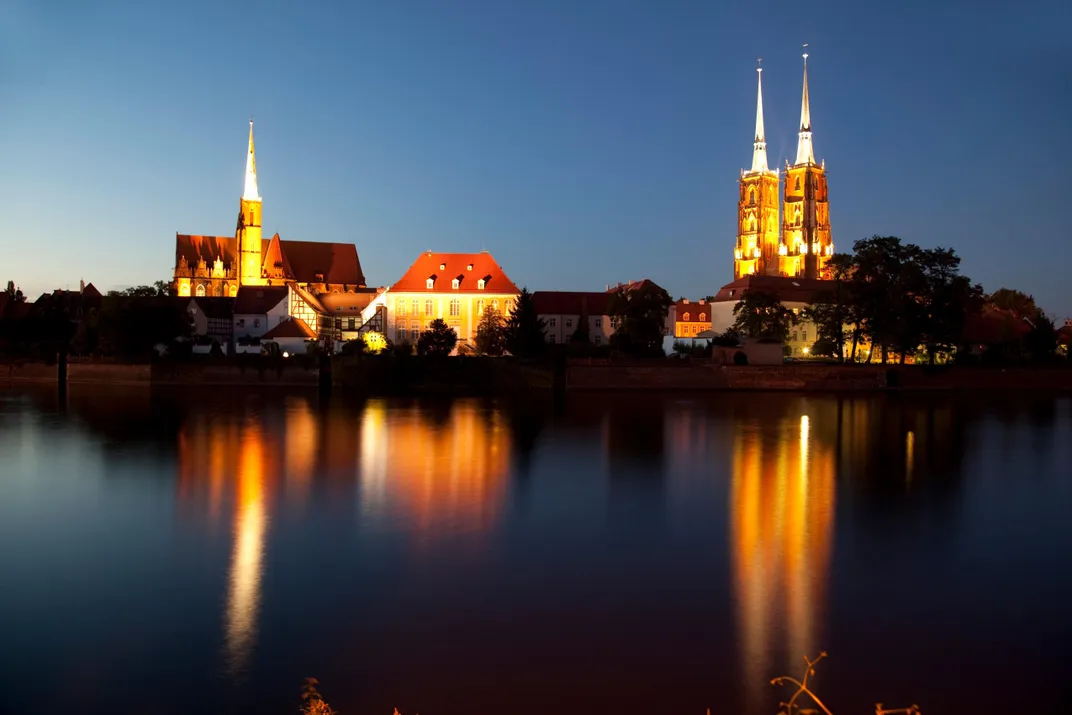
Just across the Odra River from the city center is Cathedral Island (Ostrów Tumski), the city’s oldest area. It’s named after the many cathedrals that make up its skyline. Archaeological digs have unearthed remnants of buildings dating back to the ninth century.
Visitors can explore the area’s cobblestone streets and tour the oldest church still standing, St. Giles, which was built in the 13th century. Other notable cathedrals include the Cathedral of Saint John the Baptist, known for its Gothic architecture and dual towers, and St. Elizabeth’s Church, which has a nearly 300-foot-tall tower and an observation deck.
Centennial Hall
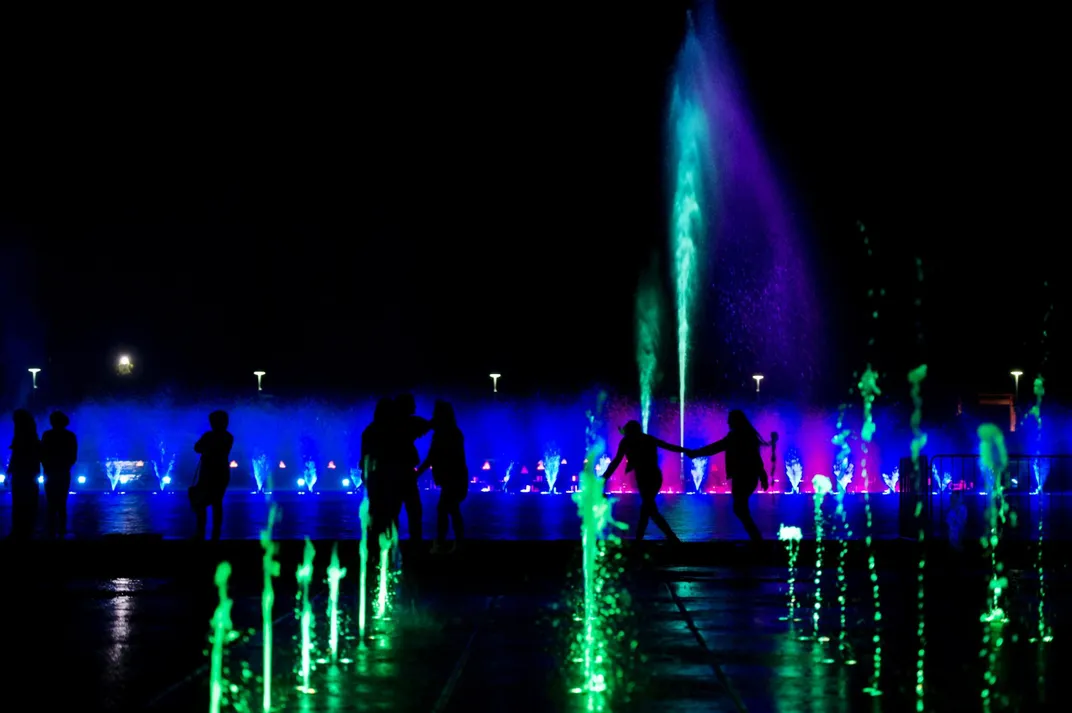
When the final section of Wroclaw’s Centennial Hall was set in 1912, critics claimed that the concrete building looked like either a hatbox or a gas meter. Today it stands as an architectural marvel that was one of the first European structures built using reinforced concrete technology. The massive building has hosted concerts, sports, exhibitions, and other events, including a Nazi rally led by Adolf Hitler.
This year, Centennial Hall will serve as one of the main venues for Capitals of Culture festivities, hosting a ballet and a concert starring Polish rock band KULT. The fountains outside the building are also great for photo ops, especially during the Hall’s after-dark multimedia music and light show.
The Dwarves of Wroclaw
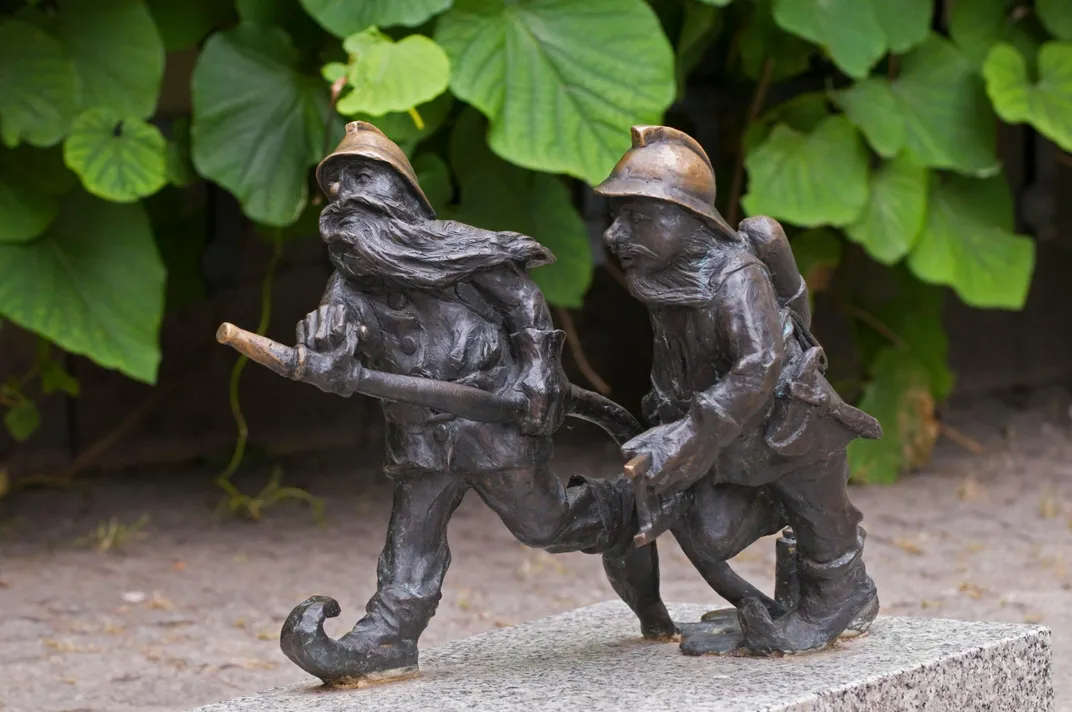
Wroclaw is a city of dwarves: Since 2001, over 300 miniature bronze statues of gnomes have popped throughout the city center. Many are in plain sight, clasping onto light poles or leaning against a building’s facade, while others are hidden. The city’s tourist information center at Market Square sells maps showing each dwarf’s location, or you can try to sleuth them out on your own.
San Sebastián
Playa de la Concha
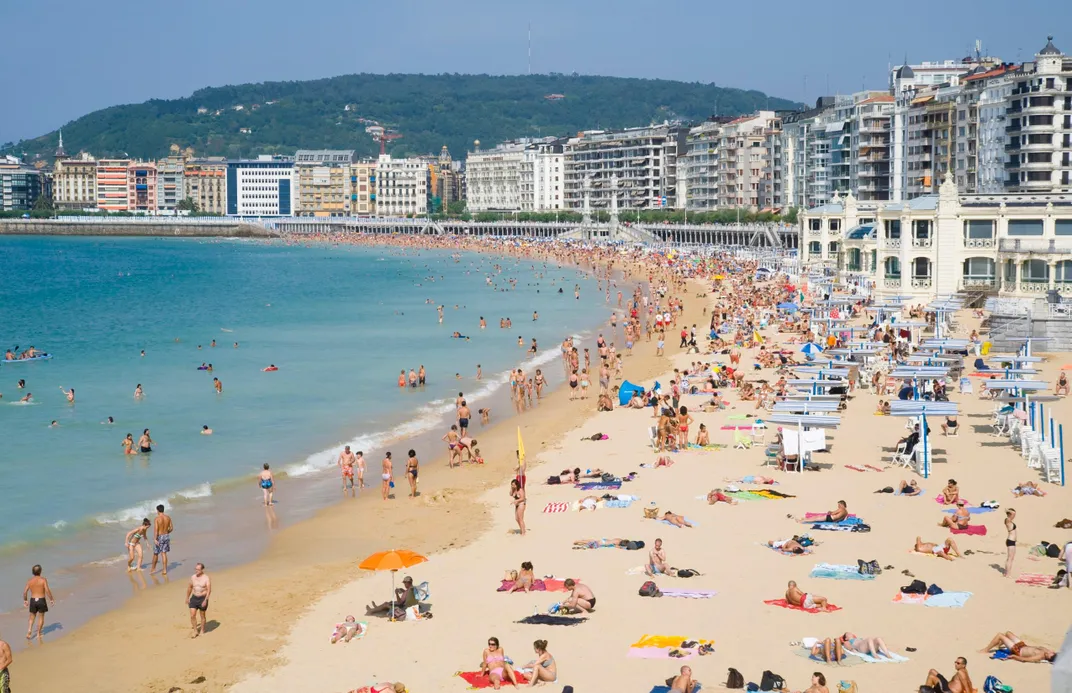
If ever there were a land of leisure, it would be San Sebastián. The coastal city of nearly 200,000, located 280 miles northeast of Madrid in Basque Country, is known for its white sand beaches and epic surf. San Sebastián will kick off its 2016 Capital of Culture festivities with the “Big Opening,” a day of celebration set for January 23.
One of San Sebastián’s most popular places to sunbathe and swim is Playa de la Concha—but it wasn’t always so serene. In 1961, the area was plunged into political unrest due to the Euskadi Ta Askatasuna (ETA), a Basque separatist movement that launched surprise attacks on the city. Even today, many of San Sebastián’s whitewashed buildings are pockmarked with bullet holes as a silent reminder of its turbulent past. In 2011, the ETA declared a permanent ceasefire, and the city has been quietly recovering ever since. As a way to help the community heal, this year’s celebrations will include “Peace Treaty,” a series of seminars, conferences and artistic productions that highlight the role of peace in the arts.
Kursaal Congress Centre and Auditorium
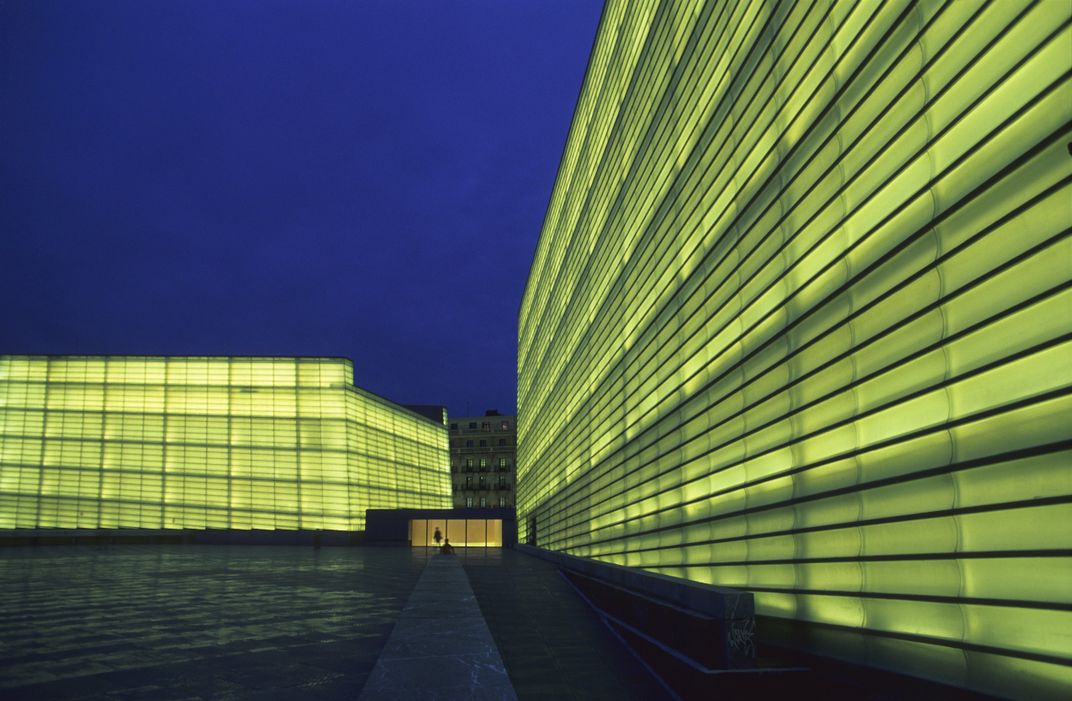
One of the main venues for this year’s festivities will be San Sebastián’s Kursaal Congress Centre and Auditorium, a glass megaplex designed by Spanish architect Rafael Moneo that overlooks the coastline. Locals call it “the cubes” thanks to twin glass structures that house a 1,800-seat concert hall, exhibition spaces and a chamber hall.
Among the concerts planned for 2016 are performances by Elvis Costello, the Swedish Chamber Orchestra, the Helsinki Philharmonic Orchestra, Javier Camarena, Buika, George Benson and more. Click for a full list of events.
Buen Pastor Cathedral and Iesu Church
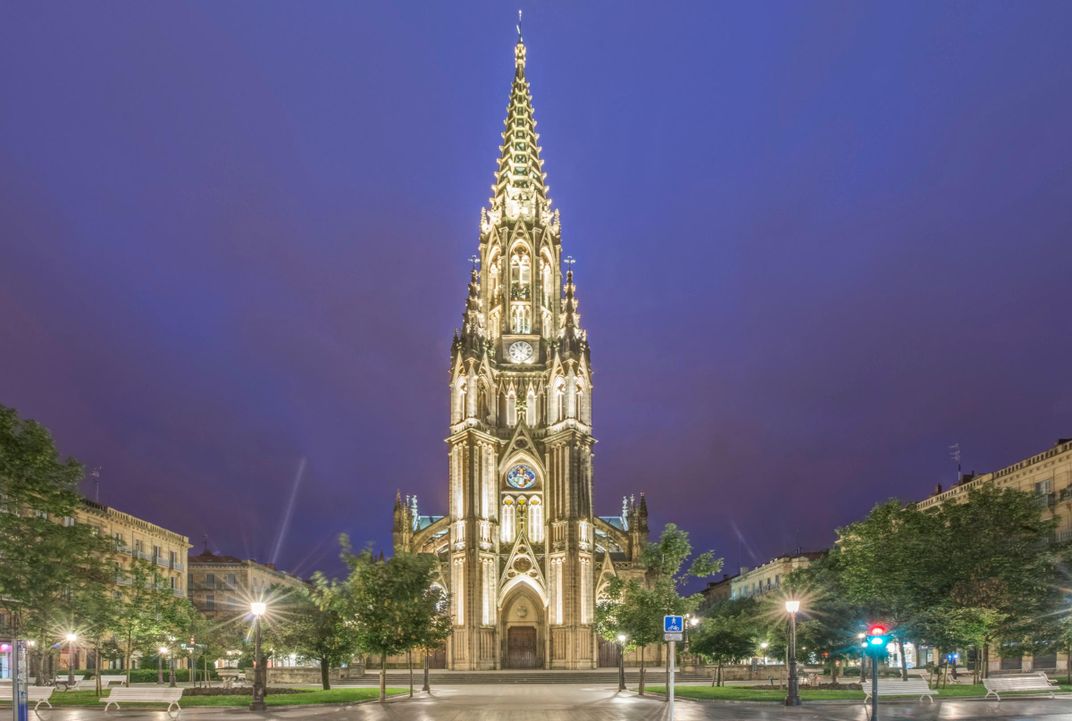
Like other Capitals of Culture, San Sebastián is known for its stunning architecture. Built in 1897 and 246 feet tall, the Buen Pastor Cathedral is the city’s tallest structure. It’s famous for its Gothic architecture and impressive stained glass windows representing the 12 apostles, Jesus and the Virgin Mary.
More modern but equally impressive is the Iesu Church in the city’s suburbs. Designed by Rafael Moneo (he also designed the Kursaal), Iesu resembles a two-story white box. The Catholic temple is known for its minimalist design and is a striking contrast to the city’s more typical medieval structures. In 2010, a white flower garden called Memory Park was built at the church as a solemn reminder of those whose lives were lost during times of war and terrorism.
Albaola: The Sea Factory of the Basques
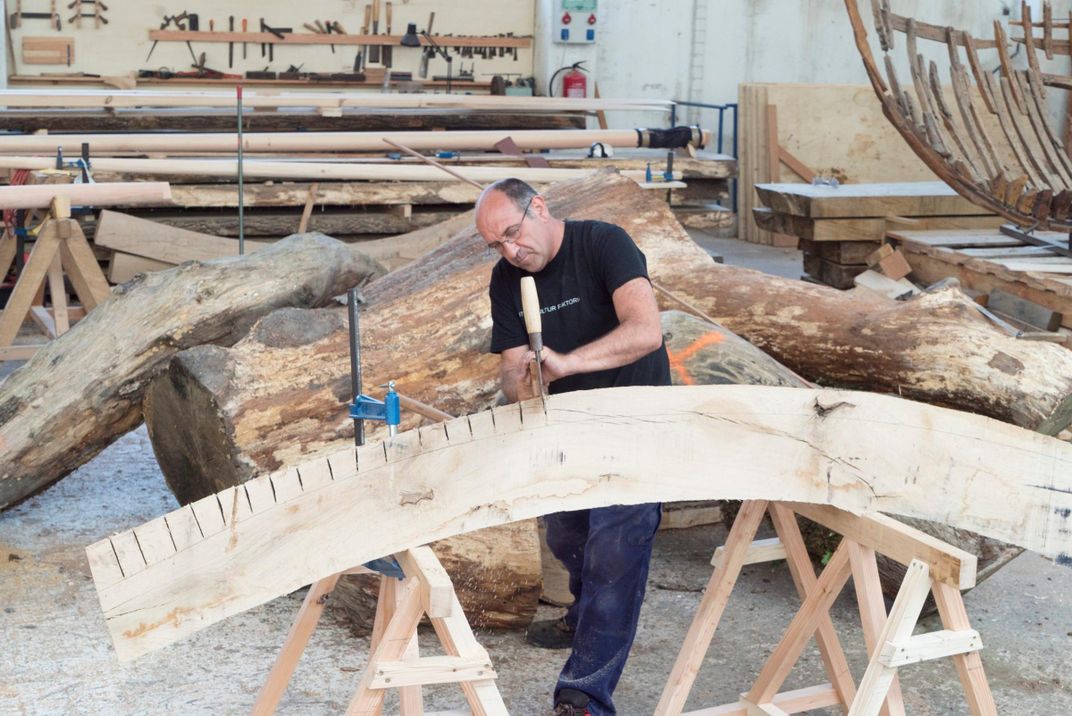
Life revolves around the beach in San Sebastián, from the tanned, barefoot tourists who stroll the coastline to surfers scrambling to find the perfect wave. The city has a longstanding boat building history too. To get a glimpse of its seafaring past, there’s no better place to visit than Albaola: The Sea Factory of the Basques. Part factory, part boat building school, it hosts daily tours that focus on maritime history and technology.
Stay in the maritime mood with a visit to Concha Promenade, which hugs the Concha Bay and is a popular spot to watch the sunset. Or take a boat ride to nearby Santa Clara Island for breathtaking views of the city skyline.
Bandera de la Concha
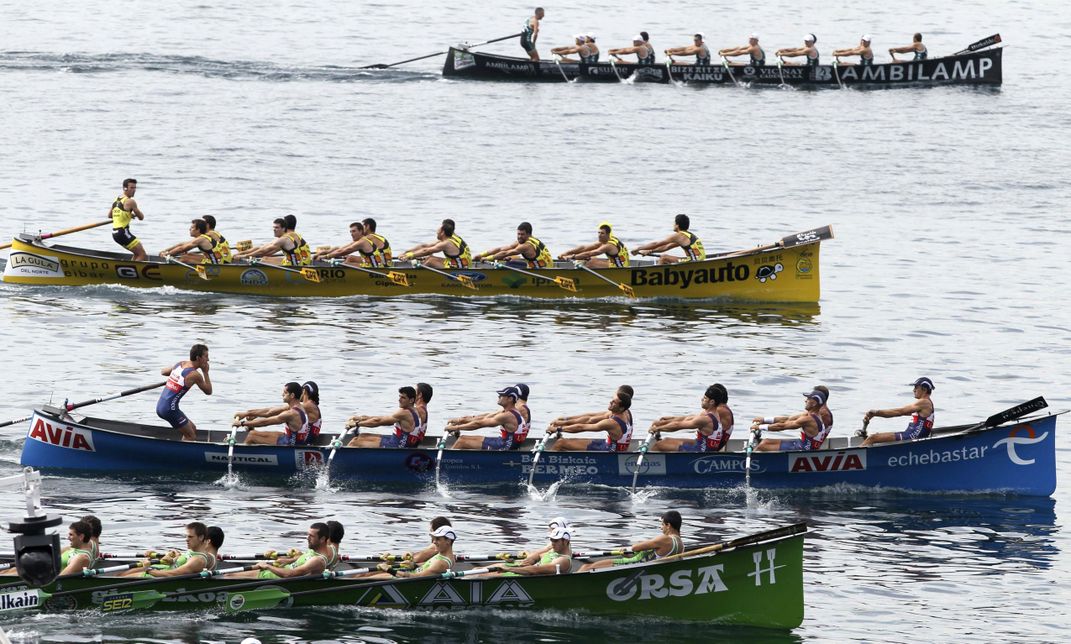
San Sebastián is a city of festivals. One of the most popular is the annual Bandera de la Concha (Kontxako Bandera) boat race in the city’s Bay of Biscay, which typically draws a crowd of more than 100,000 onlookers and takes place the first two weekends in September.
Other popular annual events include the International Jazz Festival, which will take place July 20 through 25 with performances on stages throughout the city, and the Donostia-San Sebastián Musical Fortnight, Spain’s longest-running classical music festival.
Planning Your Next Trip?
Explore great travel deals
Smithsonian magazine participates in affiliate link advertising programs. If you purchase an item through these links, we receive a commission.